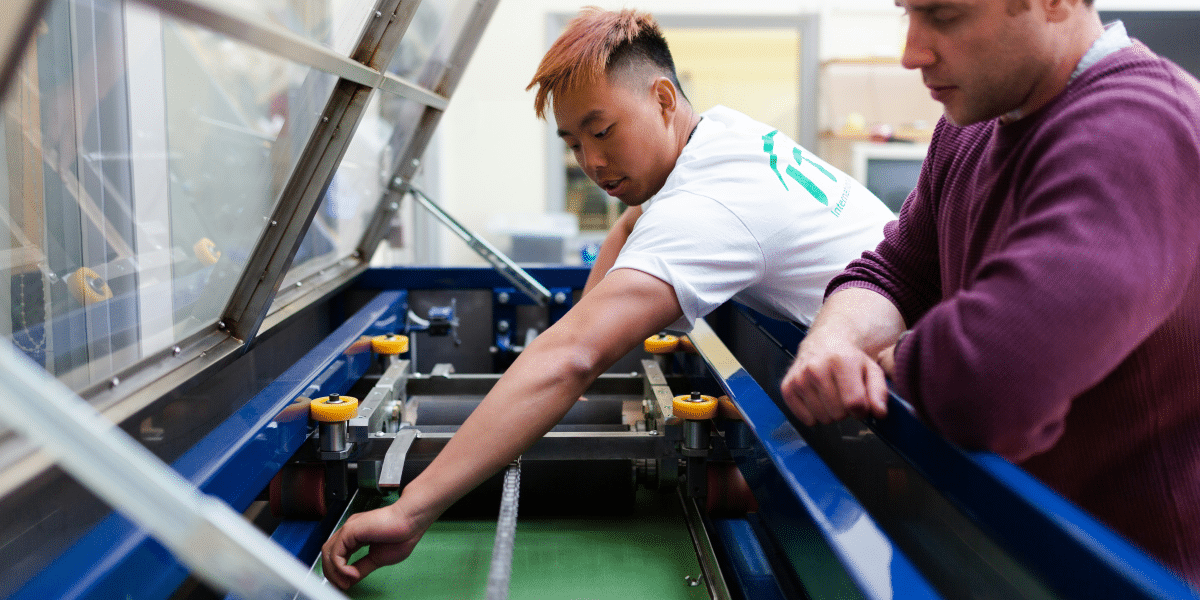Despite numerous jokes about some manufacturing processes being close enough to fulfill the needs of public sector contracts, there are countless reasons someone would want to rely exclusively on precision measurements when building orders. Technologists are constantly working on new workflows that would make it possible to get even closer measurements, so it makes sense to look over these and get a handle on a quickly changing manufacturing environment.
In Modeling And Rendering
More often than not, product modeling is done in a completely virtual environment these days. Computer software has a nasty tendency to round off every calculation, which makes measurements inside of these simulations questionable at best. By relying on signed decimal numbers as opposed to unsigned integers, engineers can trust that they’re getting a better representation of how a product might respond in the real world compared to older methods of calculating the same measurements. As software tools quickly become every bit as important as conventional ones, this facet will only become more of a sticking point than it already is.
With Precise Hand Tools
That being said, tangible equipment shouldn’t be thought of as some kind of anachronism. Companies that compete in highly regulated spaces or have extremely violative workflows will certainly want to issue their employees precise measurement appliances. These devices are calibrated against a specific physical standard, which helps to keep them within extremely tight machining tolerances. Optical manufacturing plants are among those that rely on these tools the most.
Through Laser Mapping Systems
Technicians turn to optical equipment for taking measurements as well as for use in manufacturing new gear. By shining a beam of coherent light down a track and figuring out how far it goes before it bounces off some other object, crews can calculate the length of a side to within literally thousandths of a single inch. Integrated circuit manufacturers use this to keep track of incredibly short distances.
By Taking Point Specifications
Factories that have to produce any sort of labels or signage can take advantage of more precise text measurement tools to ensure that their designs are coming out right. For the longest time, there was some disagreement on how point sizes mapped to real world ones. Due to some discussions made in the desktop publishing industry over the last few decades, many people now say that there are 72 points to an inch of material. Well-designed pieces of printing and cutting equipment can help to enforce this standard, thus reducing some of the quality control issues that arise as a result of printing problems. Once you have these figures worked out, switching to a more precise ruler scale should be a trivial task.
Providing Information To Customers
Remote orders are quickly overtaking retail sales, but customers still want the same experience they always had when buying goods. If they’re able to get access to precise measurements taken by the original supplier, then they might be more willing to put their money into a particular brand.
Even making just a few changes to how measurements are taken can end up saving a substantial amount of money and raw materials since they can cut down on waste dramatically.
Published by: Holy Minoza








